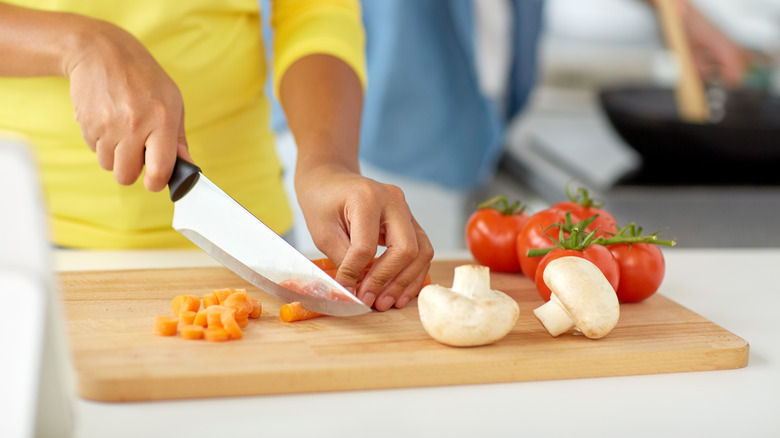How to Know if a Knife Cut is Bad: Tips for Barbecue Enthusiasts
Written By James Morgan
When you're in the middle of a barbecue, accidents can happen. Whether youre slicing through a piece of juicy brisket or chopping vegetables for a side dish, the risk of a knife cut is always present. Knowing how to know if a knife cut is bad can be crucial in ensuring you take the right steps to manage it effectively.
Knife cuts can range from minor nicks to severe wounds. But understanding how to tell the difference is vital for anyone who handles a knife regularlyespecially barbecue enthusiasts who are always working with sharp utensils. This article will guide you on how to distinguish between minor and serious cuts, and provide tips for immediate first aid and long-term care.

Identifying the Severity of a Knife Cut
So, how do you determine if a knife cut is bad? The first step is to assess the depth and location of the cut. Here are some signs that indicate a serious cut:
Deep Cuts
If the cut is deep and you can see fat, muscle, or bone, its a sign that the cut is severe. Such cuts often require stitches or medical attention.
Heavy Bleeding
Another indicator of a severe cut is heavy bleeding that doesnt stop after applying pressure for 10 minutes. Persistent bleeding can be a sign that the cut has affected a major blood vessel.
Signs of Infection
If the cut area turns red, swells, or produces pus, these could be signs of infection. Fever and increased pain may also indicate that the wound is infected and requires medical treatment.
:max_bytes(150000):strip_icc()/GettyImages-574135073-2000-786125b3e86e49d18b5a9d63ace8bea3.jpg)
Immediate First Aid for Knife Cuts
Knowing how to provide immediate first aid can make a significant difference. Here are some steps you should follow:
Clean the Wound
Use clean water to rinse the cut to remove any debris or bacteria. Avoid using alcohol or hydrogen peroxide as they can irritate the wound.
Apply Pressure
Use a clean cloth or gauze to apply pressure to the wound to stop the bleeding.
Bandage the Cut
Once the bleeding stops, apply an antibiotic ointment and cover the wound with a sterile bandage.

When to Seek Professional Help
Excessive Bleeding
If the bleeding doesnt stop even after applying pressure for 10 minutes, seek medical help immediately.
Deep Cuts or Exposed Material
If you can see fat, muscle, or bone, go to the emergency room or consult a healthcare provider.
Signs of Infection
If you notice increased redness, swelling, or pus around the cut, its crucial to seek medical attention.

Preventive Measures for Barbecue Enthusiasts
Prevention is always better than cure. Here are some tips to prevent knife cuts during your barbecue sessions.
Use the Right Knife
Ensure you are using the correct knife for the task at hand. A chef's knife for slicing meat, a paring knife for cutting veggies, etc., can make all the difference.
Knife SkillsKeep Your Knife Sharp
A dull knife is more dangerous than a sharp one as it requires more force to cut through items, increasing the risk of slipping.
Proper Technique
Learn proper knife handling techniques. This includes holding the knife correctly and keeping your fingers out of the cutting line Paring Knife Uses.
Proper Storage
Store your knives properly in a knife block or on a magnetic strip to avoid accidental cuts.
Cut Zucchini NoodlesFAQs
Should I use a bandage or let the cut breathe?
Its advisable to cover the cut with a bandage to protect it from bacteria and other contaminants.
Can I use hydrogen peroxide to clean a knife cut?
Its better to use clean water to rinse the wound. Hydrogen peroxide can irritate the cut.
How can I tell if my cut is infected?
If the area around the cut turns red, swells, or produces pus, these could be signs of infection, and you should seek medical attention.
As an Amazon Associate, I earn from qualifying purchases.



